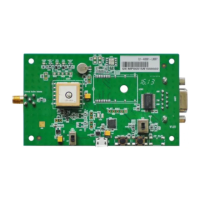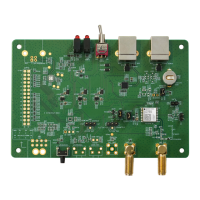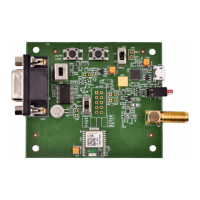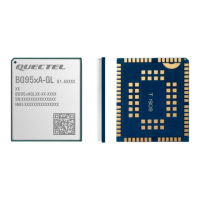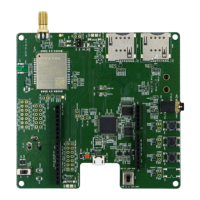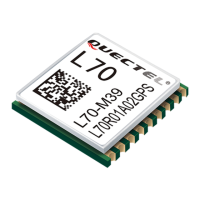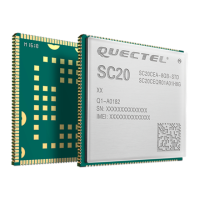GNSS Module Series
L76&L76-L_Hardware_Design 29 / 59
Example
The average consumption of the modules which are located outdoors in a static position and equipped
with an active antenna after tracking satellites is about 2.7 mA in AlwaysLocate™ standby mode based
on GPS + GLONASS.
The average consumption of the modules which are located in outdoors in static and equipped active
antenna after tracking satellites is about 2.6 mA in AlwaysLocate™ backup mode based on GPS +
GLONASS.
1. The STANDBY pin is edge-triggered, so the modules may unexpectedly enter AlwaysLocate™
standby mode when they start. To avoid this, it is recommended to set your GPIO which controls
STANDBY pin as input before the modules start. After that, you can reset the GPIO as output to
control the STANDBY pin. If it is unused, keep it open.
2. Keep WAKEUP pin open or low before entering AlwaysLocate™ backup mode. Or else, the
AlwaysLocate™
backup mode will be unavailable.
3.4. Power-Up Sequence
When VCC is powered up, the modules start up automatically.
To ensure correct power-up sequence, the RTC logic should start up before the PMU. So, the V_BCKP
must be supplied with power at the same time or before the VCC.
Ensure that the VCC has no rush or drop during rising time, and then keep the voltage stable. The
recommended ripple is < 100 mV.
UART
ValidInvalid
VCC
V_BCKP
Don t care
0 s
Figure 10: Power-Up Sequence
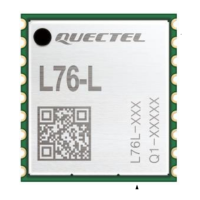
